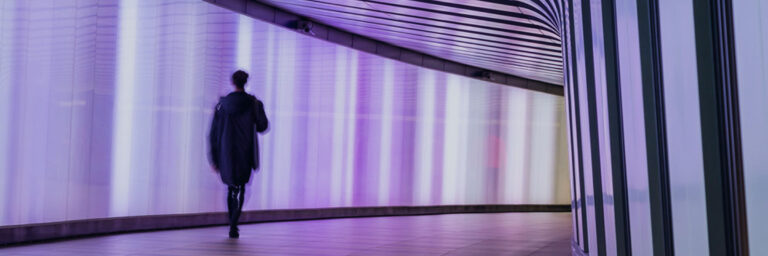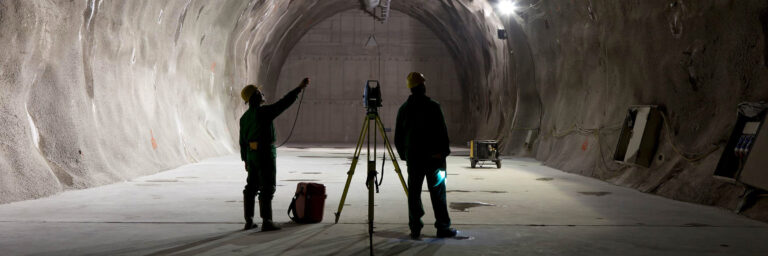
What are the real alternatives to private car ownership?
There’s a lot of talk about shared autonomous vehicles as an alternative to private car ownership, but I don’t think this will be the quick change. You can read my predictions regarding autonomous vehicles here.
I think a more immediate change will be the adoption of Mobility as a Service, or MaaS.
MaaS is a shift away from personally-owned models of transportation towards mobility solutions that are consumed collectively or individually ‘as a service’.
Essentially it brings multiple public transport options together as a convenient alternative to the private car.
A shift change for transportation options
Already many innovations and mobility services are blurring the lines between public transport and private car ownership and creating opportunities for new mobility services in the future.
Over the past few years, particularly in urban locations, there has been a rise in the need to combat congestion and pollution. One of the ways we are already combating this is through mobility solutions such as car sharing, rideshares like Uber, bike sharing and hiring and other new forms of shared transport.
Thanks to smartphones and the increasing connectivity of our modern world, these services are becoming more efficient, accessible, cost effective and convenient.
Changing people’s perceptions regarding choice
To understand what I believe is the main hurdle for MaaS, we must consider at an average person’s decision making process.
This brings me to my fictional ‘case study’ of Bob. Bob lives in Newtown in Sydney and he needs to go to the shops this afternoon. He owns a four-wheel drive that he rarely uses apart from when he takes the kids to soccer practice on the weekend, occasionally drives to the local shops and maybe takes the odd trip to visit friends and family. It’s 5pm and Bob’s just remembered he needs to get bread and milk for tomorrow’s breakfast. He idly picks up the car keys, and drives to the shop without thinking. And there’s the issue. Bob’s not considering all his options.
If Bob took a moment to think about some other forms of transport which are literally at his fingertips, and use them, he might quickly realise his car is not as cost-effective or efficient as he thinks.
It’s happening already…
People are embracing MaaS and younger generations realise private car ownership is not important on the spectrum of mobility.
In the future, I think it will be a point of pride for people to say, I don’t have a car or I haven’t used the car in months.
Once people start thinking about their options, and doing the math, MaaS will become common place.
We will begin to think of it in the way many of us now consider our environmental footprint when purchasing product, or we choose to buy produce from the local farmers’ market or try to understand our food’s journey from paddock to plate. MaaS is as much about a change in mindset as it is a ‘service’.
Apps already exist that help you consider your transport options and increasing choice will result in better outcomes as time goes by.
To combat congestion in the future we might see work start and finish times staggered so we can spread the peak demand with different modes of MaaS.
Personally, what I do now is work from home in the morning to avoid the rush. I get a lot of work done and then head into the office via public transport for meetings from mid-morning until about 3pm. Then I work from wherever I might be for the rest of the afternoon. Not only is it hugely productive, it’s better for my well-being and its relieving a bit of strain on our already overcrowded infrastructure systems.
I’m just one person taking a different approach… imagine what the world might look like if we all exercised our ability to make these choices? Choices which are already available to us all!
Related
insights
 An innovative, community-based approach to irrigation asset management in India
An innovative, community-based approach to irrigation asset management in India
Over half the population of Karnataka State in south India is employed in agriculture and related industries. Without reliable access to water, farmers struggle to maintain their crops and livestock, which can have far-reaching social and economic impacts.
 Embracing the Smart Agenda
Embracing the Smart Agenda
SMEC is made up of problem solvers. We have always helped to find solutions for people - it’s part of our DNA. That’s why the Smart Cities agenda simply represents a contemporary part of our innovation journey and fits neatly into SMEC’s strategic approach to grow and diversify our business.
 Sustainable Planning of the Underground Space
Sustainable Planning of the Underground Space
When I see Science Fiction movies, I often see a dystopian future presented where cities are overcrowded with many layers of housing, amenities, viaducts and flying machines.
 Going under to stay on top
Going under to stay on top
“Going under to stay on top” is a phrase first coined in 1976 by Charles Fairhurst – the then-head of Department of Civil and Mineral Engineering at the University of Minnesota. He wrote an article in the inaugural issue of the journal Underground Space explaining the central premise around the use of underground space in our crowded cities. As a graduate student studying rock mechanics at the university, Fairhurst’s article sparked my interest and eventually led me to a career in the dynamics of using underground space."




